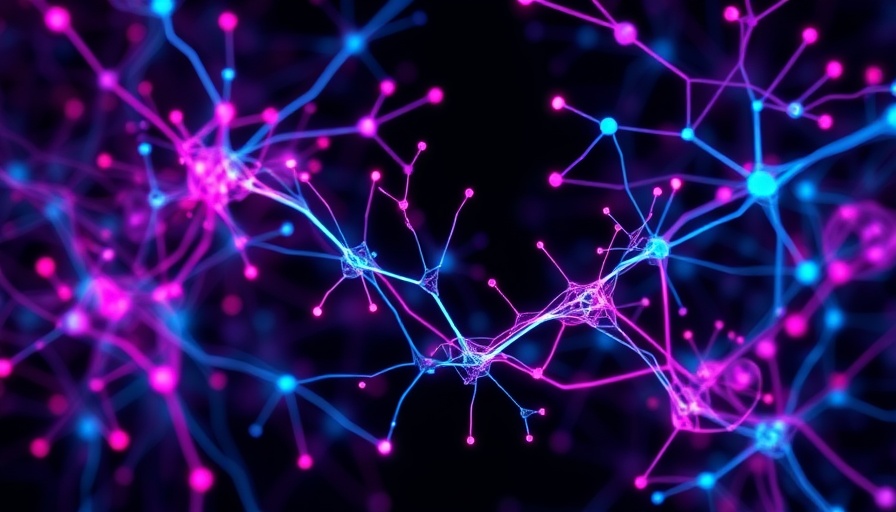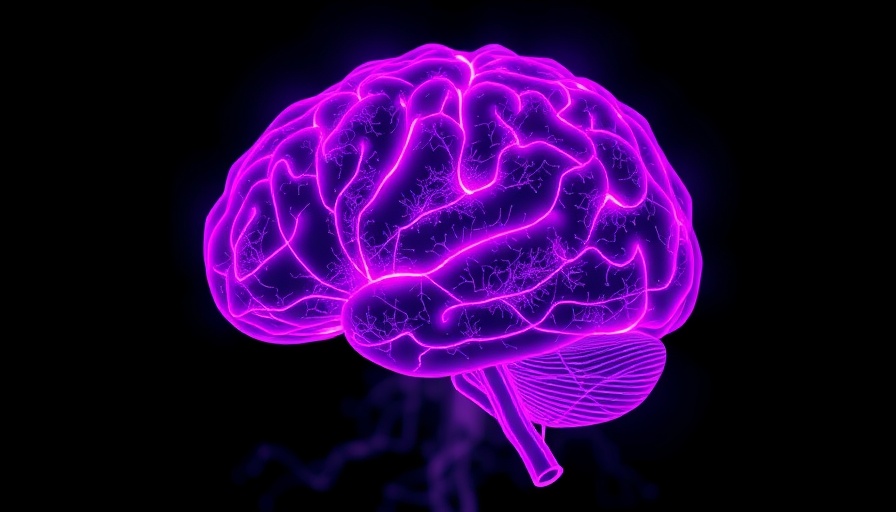
Understanding the Role of Neurons in Face Recognition
The human brain has remarkable capabilities, particularly when it comes to recognizing faces—a skill essential for social interaction and personal identity. A groundbreaking study published in Nature Human Behaviour has revealed that specific neurons in the amygdala and hippocampus not only store memories of familiar faces but also encode the visual features necessary to identify them. This study suggests a shift in how we understand facial recognition, showing that the process involves more than mere memory recall; it is deeply rooted in visual analysis.
How This Research Unfolded
The research team, including experts from Washington University in St. Louis and West Virginia University, conducted experiments involving 19 neurological patients. These individuals had electrodes implanted in their brains due to epilepsy, which provided a unique opportunity to monitor the electrical activity of over 3,500 neurons directly. As participants viewed images of familiar and unfamiliar faces, researchers discovered that specific neurons reacted according to shared visual traits of the faces, challenging previous beliefs that facial recognition depended solely on previous acquaintance.
A Deeper Dive into Neural Responses
Traditionally, the understanding was that neurons responded based on previously stored identities, irrespective of the faces' visual features. The findings from this recent paper demonstrate a paradigm shift, indicating that facial features play a critical role. The reaction of neurons in the amygdala provided insights into how humans are neurologically wired to interpret visual data, highlighting how these brain areas collaborate to form a comprehensive understanding of who a person is.
Implications for Health and Wellness
This research holds significant implications for the fields of health and wellness, particularly in understanding mental health conditions that impact social interaction. Further insights into how the brain processes and encodes visuals can aid in developing therapies for disorders like prosopagnosia—often termed “face blindness,” where victims struggle to recognize faces. By exploring the functionality of specific neurons, therapists could enhance treatment strategies, contributing to effective community health and wellness initiatives.
The Future of Brain Research
As neuroscience continues to evolve, the importance of interdisciplinary collaboration grows. This study's findings emphasize the need for a combined approach, integrating technologies that enhance understanding of the brain's complex processes. In the future, advances in neurotechnological methods could pave the way for innovations in mental health therapies and diagnostic tools, promoting optimal health and wellness.
Emotional Connections Through Face Recognition
Recognizing faces is not just a cognitive task; it bears emotional significance. The ability to identify familiar faces fosters social bonds and enhances communication, which are fundamental components of community health and wellness. As individuals recognize faces and those relationships strengthen, it creates a fabric of support within communities, vital to overall mental well-being.
Conclusion: Supporting Healthy Connections
The insights gained from this research provide a clearer pathway for understanding how our brains operate when identifying faces, reminding us of the intricate connection between cognition and emotional health. As we delve further into the neural mechanisms at play, maintaining a focus on health and wellness will be fundamental in utilizing this knowledge to enhance the quality of life within our communities. For readers curious about improving personal and communal health, staying informed on such groundbreaking neurological research can empower proactive steps in supporting community health initiatives.
 Add Row
Add Row  Add
Add 




 Add Row
Add Row  Add
Add 


Write A Comment